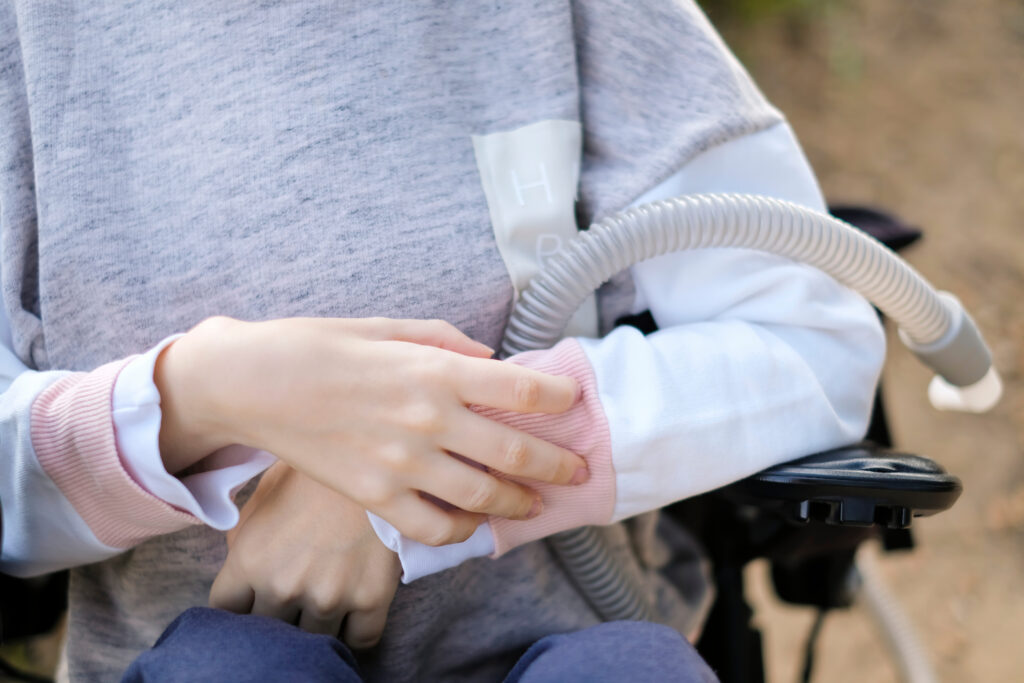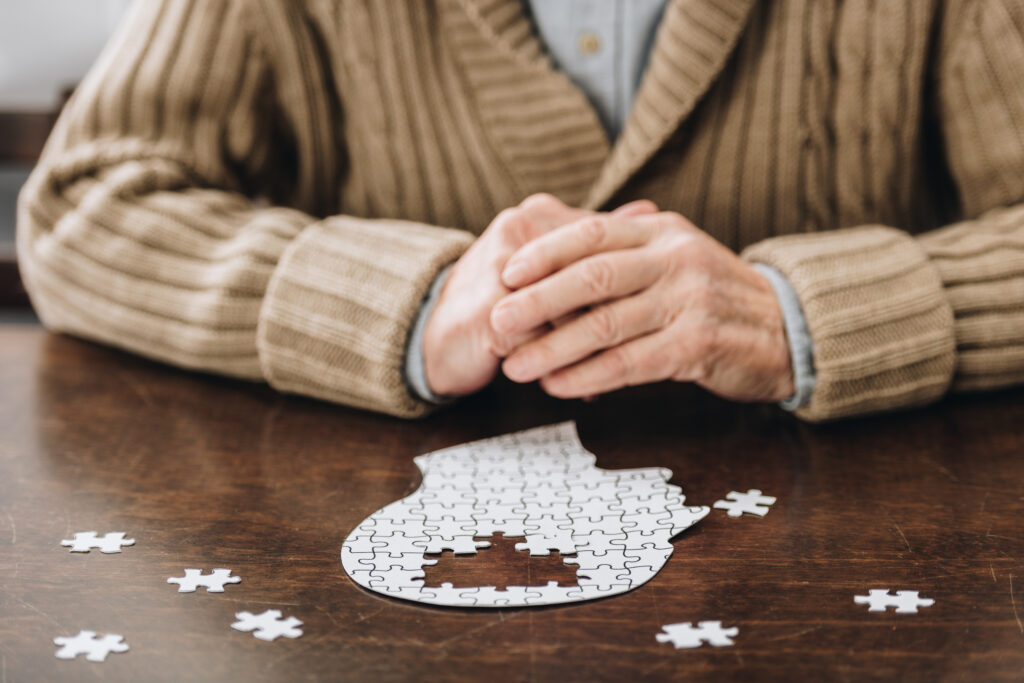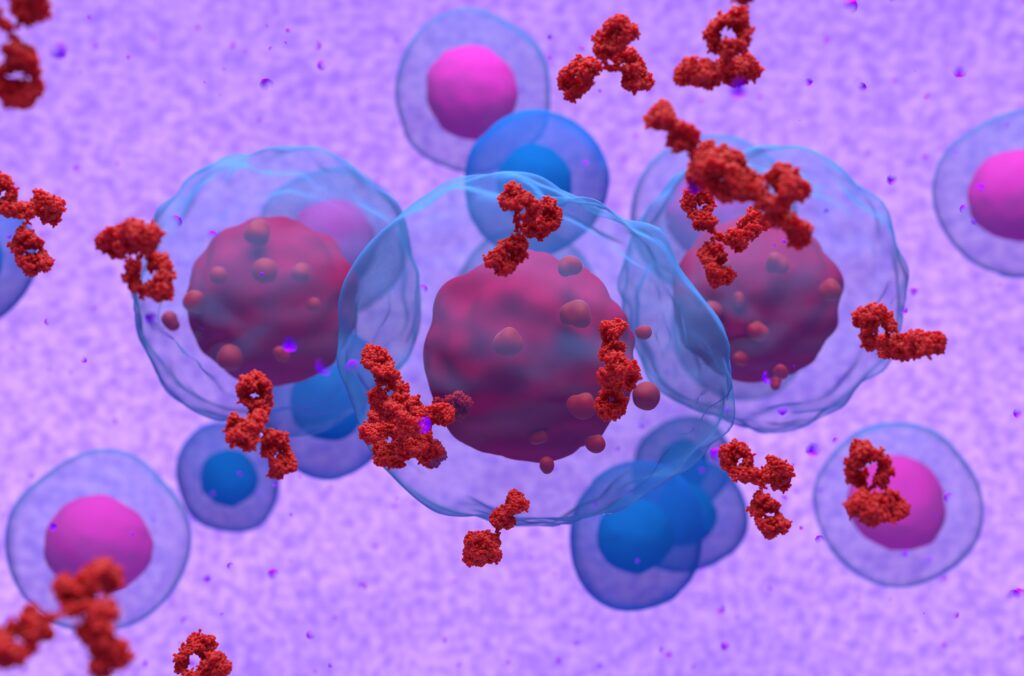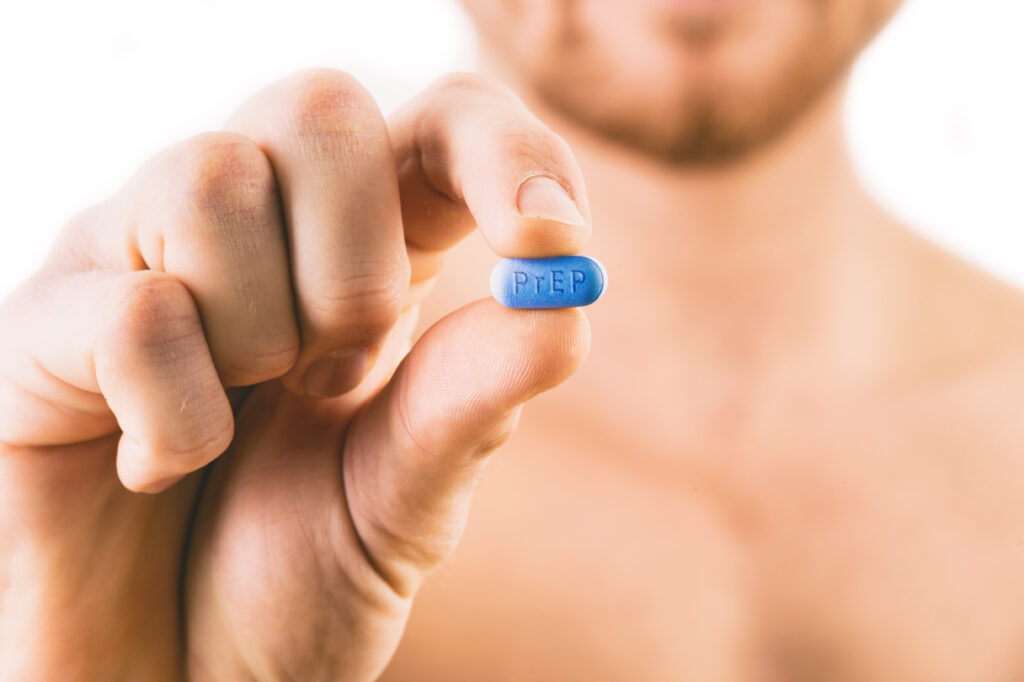
A diagnosis of SMA can have a profound impact on your life. You will need long term multidisciplinary healthcare and support to maintain your independence and quality of life.
Most kinds of SMA are caused by changes (mutations) in the gene called SMN1. This gene makes a protein that helps motor neurons send messages to muscles. When this protein isn’t made, the muscles weaken.
Symptoms
Most types of SMA are caused by a missing or faulty gene called survival motor neuron 1 (SMN1). When a person has only one copy of the SMN1 gene, it cannot produce enough of the protein to keep lower motor neurons healthy and send signals to the muscles to make them move. When the SMN1 gene does not produce enough of the SMN protein, lower motor neurons break down and die. As the lower motor neurons die, muscle weakness and wasting (atrophy) occur. This weakness affects the muscles closest to the trunk of the body (proximal muscles), including those used for walking and breathing.
People with SMA type 4 have a normal life expectancy and do not require wheelchair support. However, they may have to use braces or support devices to help them walk. They also may have difficulty swallowing or breathing. They might be more likely to develop a curve in their spine (scoliosis). Symptoms vary, but most are related to muscle weakness and clumsiness.
Diagnosis
If you have spinal muscular atrophy, your doctor may use a blood test to look for mutations in the SMN1 gene on chromosome 5. This gene produces a protein called survival motor neuron (SMN) that keeps motor neurons alive. When people with SMA have a mutated SMN1 gene, they can’t make enough of this protein. As a result, their motor neurons die and they can’t send signals to their muscles. This causes muscle weakness and a wasting of the muscles (atrophy).
Most forms of SMA are linked to the SMN1 gene on chromosome 5 and produce too little SMN protein. But some people have a different type of SMA that isn’t linked to this gene or doesn’t cause a deficiency in the SMN protein.
In this form of the disease, symptoms are mild to moderate and progress slowly over time. It affects only the muscles that control movement, not those used for breathing or swallowing. It also doesn’t limit a person’s lifespan or lead to a curve of the spine (scoliosis).
Treatment
In SMA, the nerves that control muscle strength and movement (called motor neurons) break down. As a result, the muscles weaken (or atrophy). Most kinds of SMA are caused by a problem with the gene called SMN1. When a person has this gene mutation, they can’t make enough of the protein SMN1 to keep motor neurons healthy and send the right signals to the muscles.
People with type 1 SMA (also called Werdnig-Hoffmann disease) have the most severe symptoms and usually die within the first six months of life. They have trouble breathing, eating and swallowing. People with type 2 and 3 SMA don’t have as severe a condition but still lose muscle strength over time. People with type 4 SMA don’t have any of the severe symptoms that occur in babies and children and have a normal lifespan.
The treatments that are available for SMA aim to slow down the progression of muscle weakness, improve a person’s quality of life and help them achieve their developmental milestones. Therapy may include physical, occupational and speech therapy, supplemental feeding through a tube, noninvasive ventilation at night and wheelchair support.
Support
The diagnosis of adult onset SMA can have a profound effect on you and your family. You may need emotional support or help with practical matters such as equipment, work, driving and financial assistance. You can get this from your consultant, GP, social worker or a counsellor, and organisations like MDUK and SMA UK.
A great care team will help you to meet your needs and live as well as possible. This should include a specialist doctor, physiotherapist, nurse and a social worker or psychologist. Your doctor should check your progress every six months.
Cure SMA is a charity that boosts research into treatment and cure for SMA. Its SMArt Moves initiative helps people find services and support in their area. Muscular Dystrophy Australia is a national organisation that can connect you with support groups and other families affected by SMA. It can also provide information and grants towards specialist equipment. GPs can refer you to a neuromuscular centre where you can see specially trained physiotherapists who can set up a programme for you.





